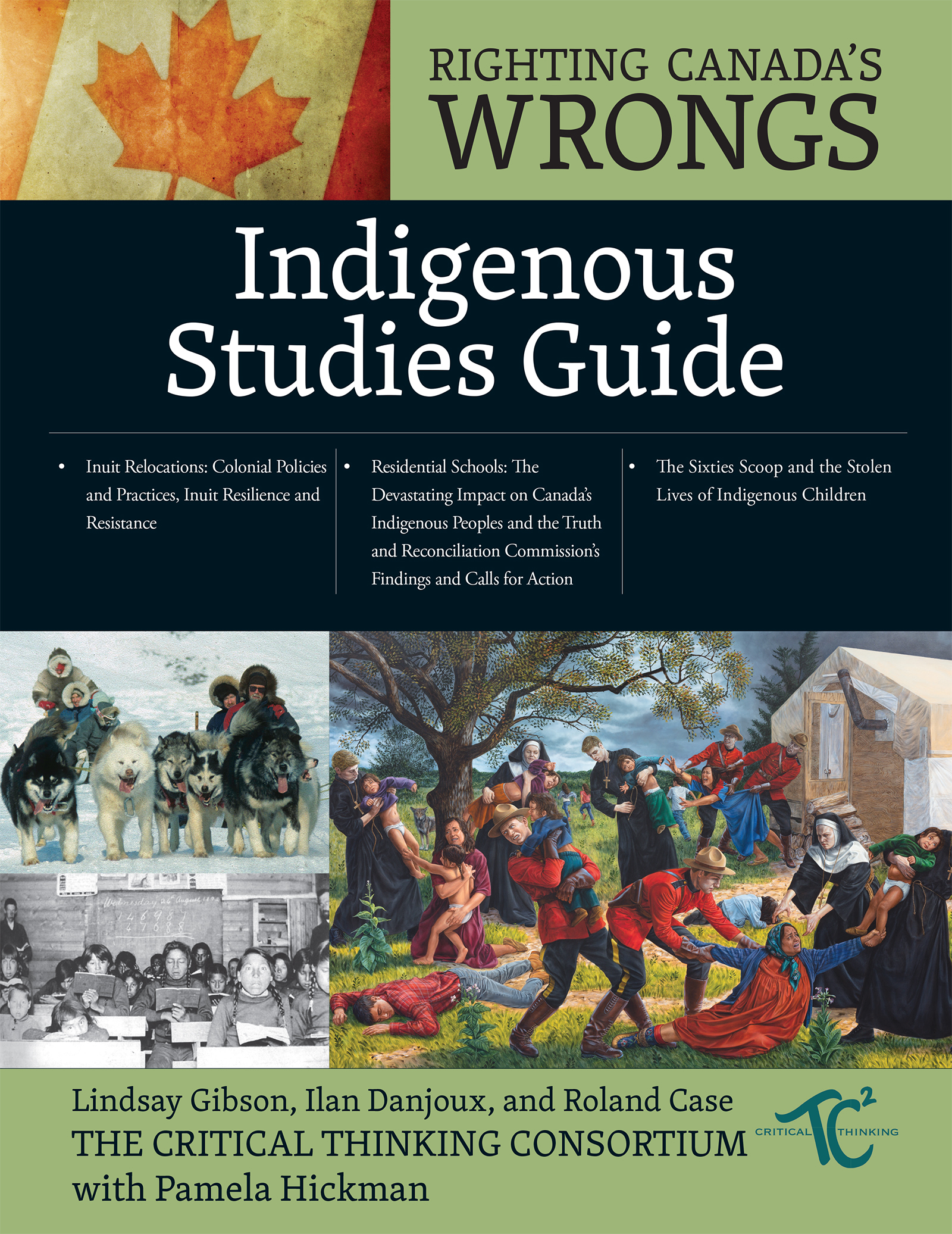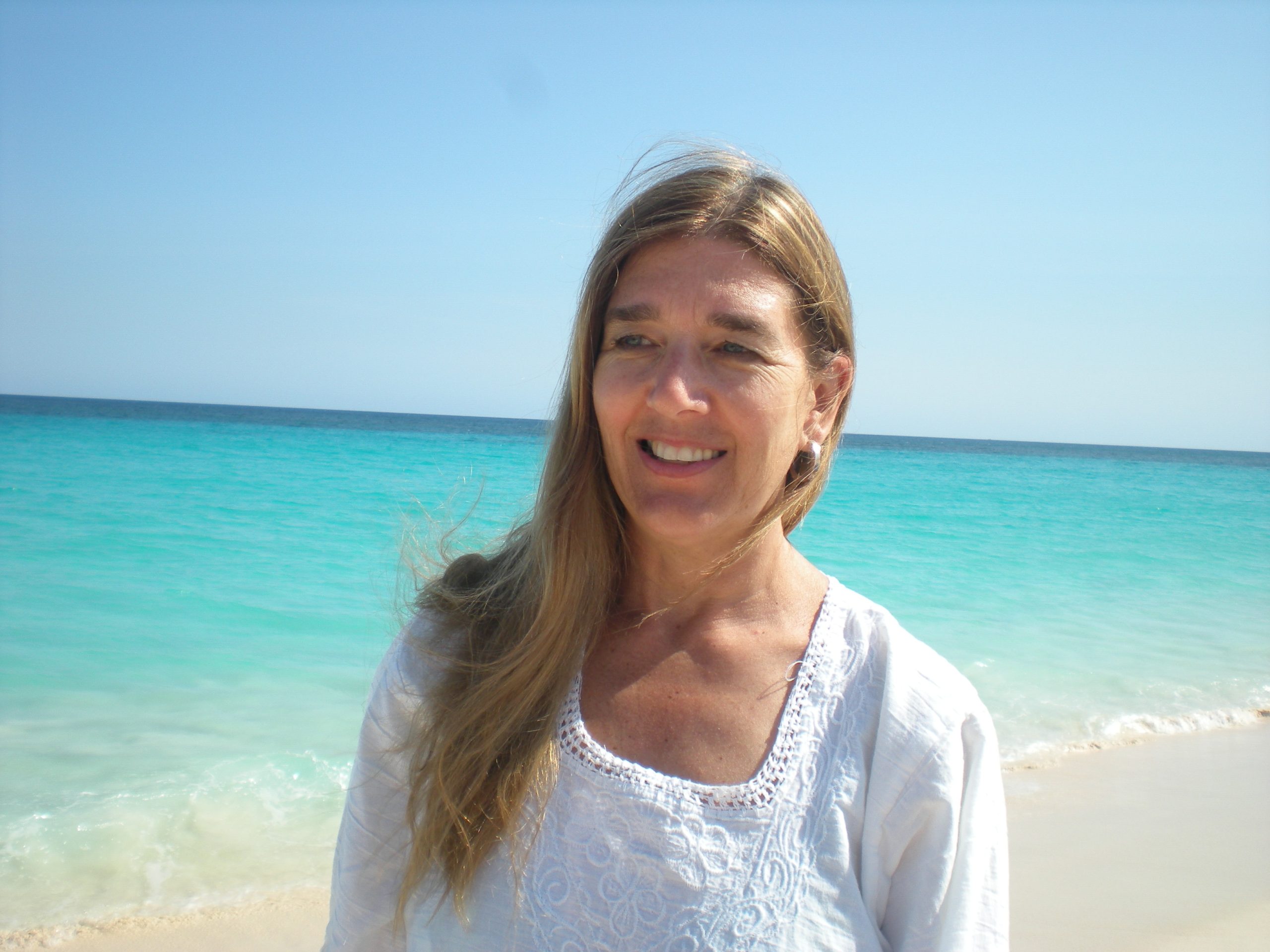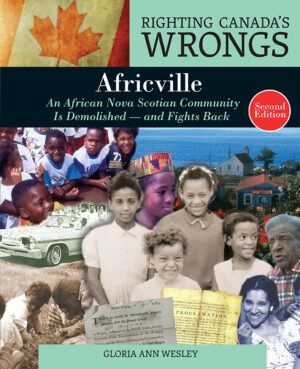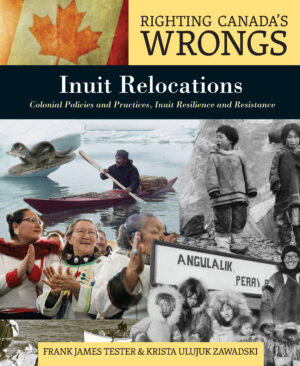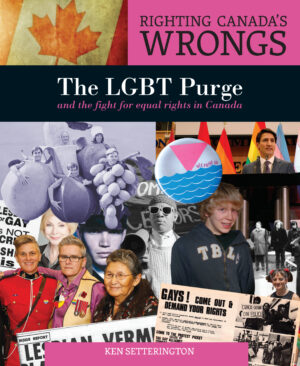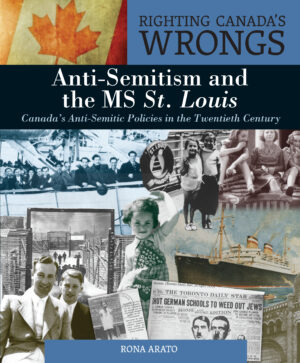Righting Canada’s Wrongs Indigenous Studies Resource Guide
by The Critical Thinking Consortium
contributions by Lindsay Gibson, Ilan Danjoux, Roland Case, and Pamela Hickman
A resource guide for the Righting Canada’s Wrongs Indigenous Studies set that provides lessons in historical thinking.
The Righting Canada's Wrongs Indigenous Studies set series is devoted to the exploration of racist and discriminatory government policies and actions against Indigenous peoples through our history, the fight for acknowledgement and justice and the eventual apologies and restitution of subsequent governments. The books in this series make a valuable addition to any classroom or library looking for kid-friendly and appealing resources on Indigenous Studies and equal rights in Canada. The engaging and curriculum-based lessons in this Resource Guide will help students to further understand some of the important events in Canada's history that helped shape our current multicultural society. Educators will find support for teaching about Canada's past and ongoing treatment of Indigenous Peoples and how to approach the topic of, colonization, racism and discrimination. As well, students will learn about the important cultures and traditions that have continued in the face of colonization.
About the Authors
Subjects (BISAC)
Subjects
Resource Guides

Righting Canada’s Wrongs: Inuit Relocations
A ground-breaking account of multiple forced relocations by the Canadian government of Inuit communities and individuals. All have been the subject of apologies, but are little known beyond the Arctic. The Inuit community has proven resilient to many attempts at assimilation, relocation and evacuation to the south.
(more)
Righting Canada's Wrongs: The Sixties Scoop and the Stolen Lives of Indigenous Children
An examination of the Sixties Scoop—a child welfare policy in Canada that saw the removal of Indigenous children from their families, often by force.
(more)
Righting Canada's Wrongs: Residential Schools
This updated edition includes the findings of unmarked graves at residential schools and examines the work still to be done to implement the Calls to Action of the TRC Report
(more)